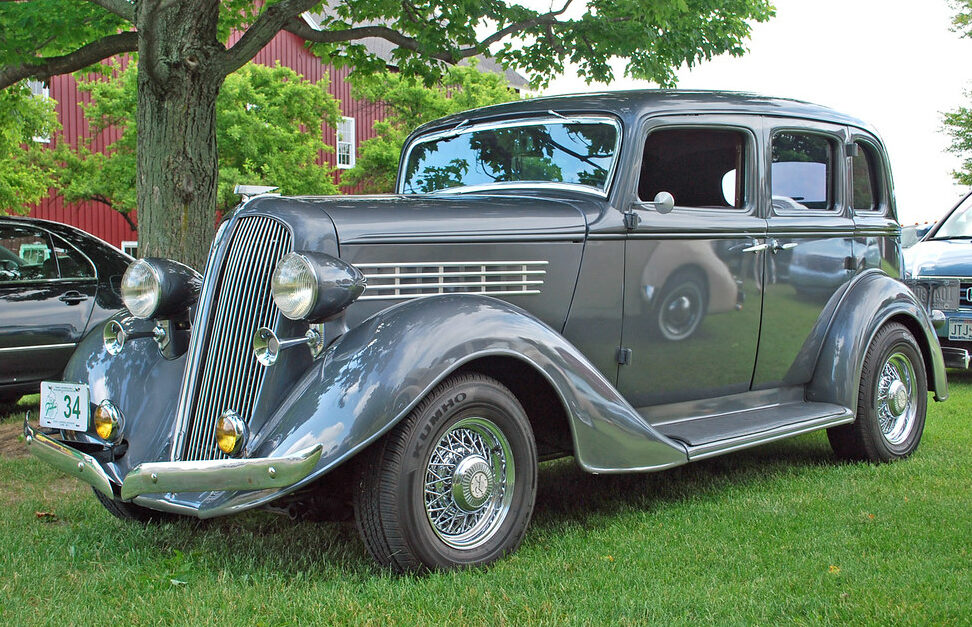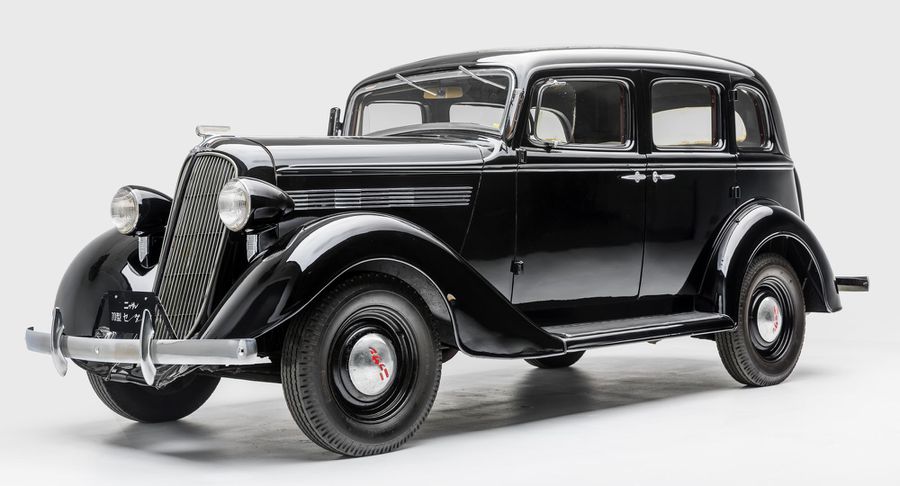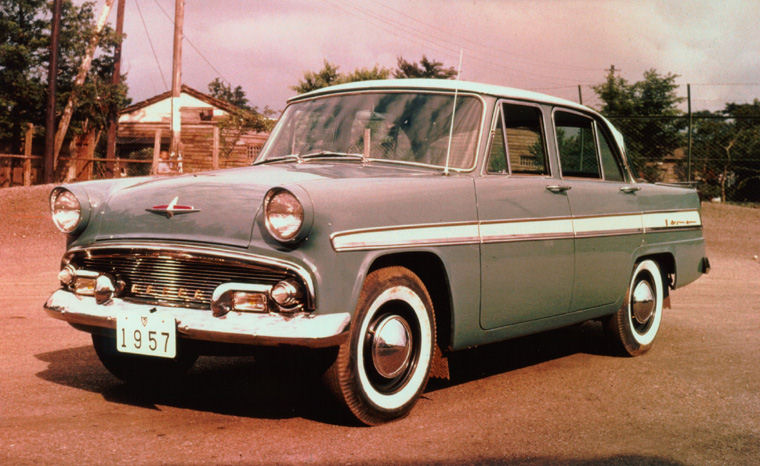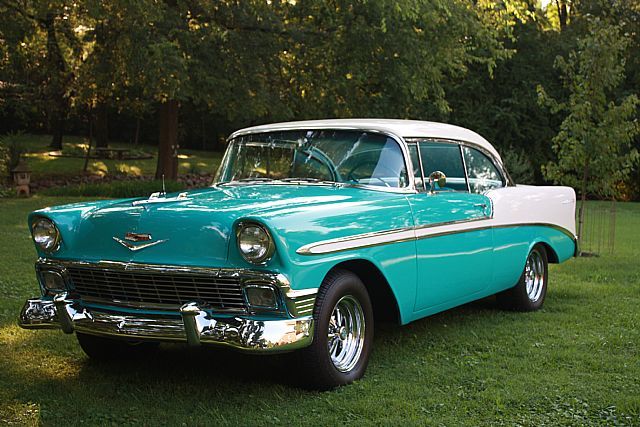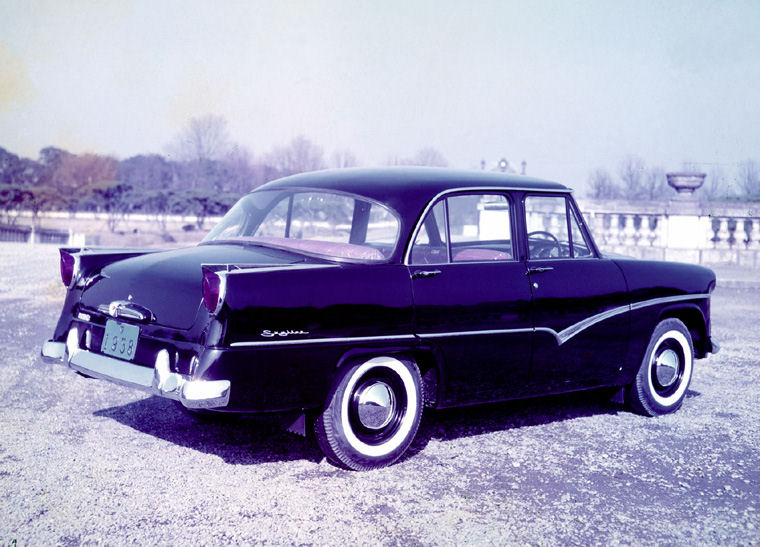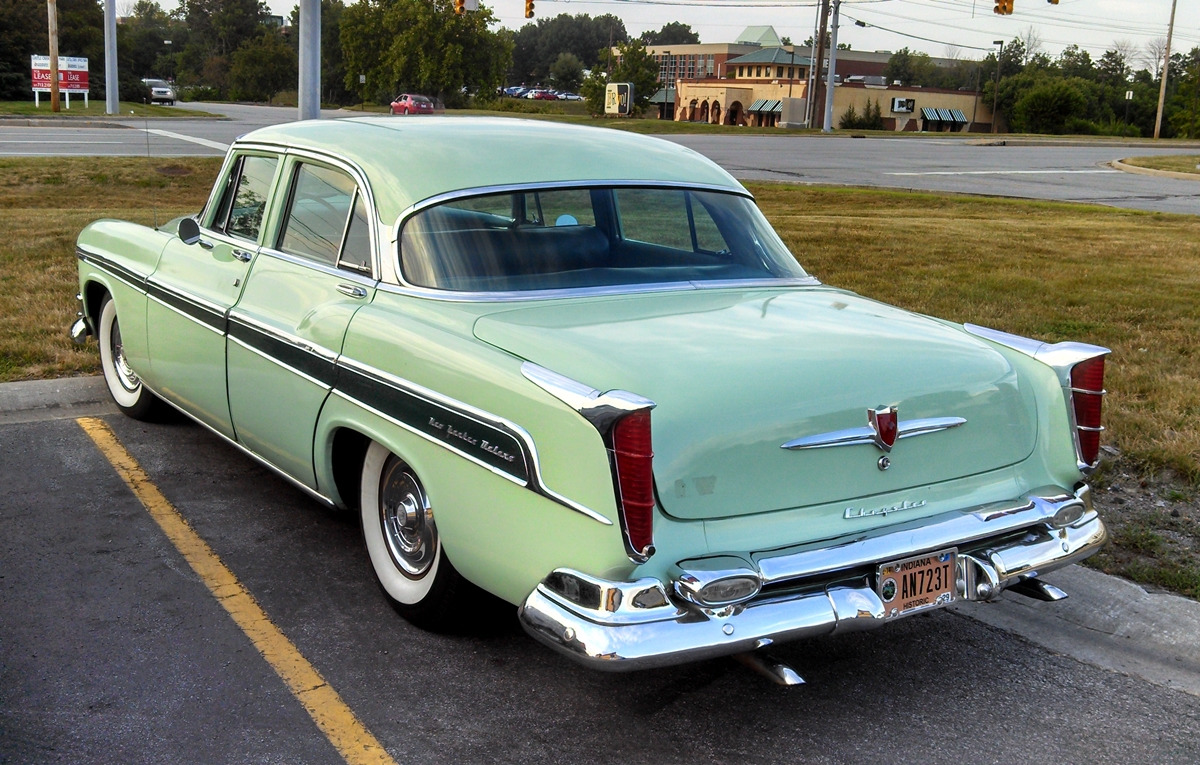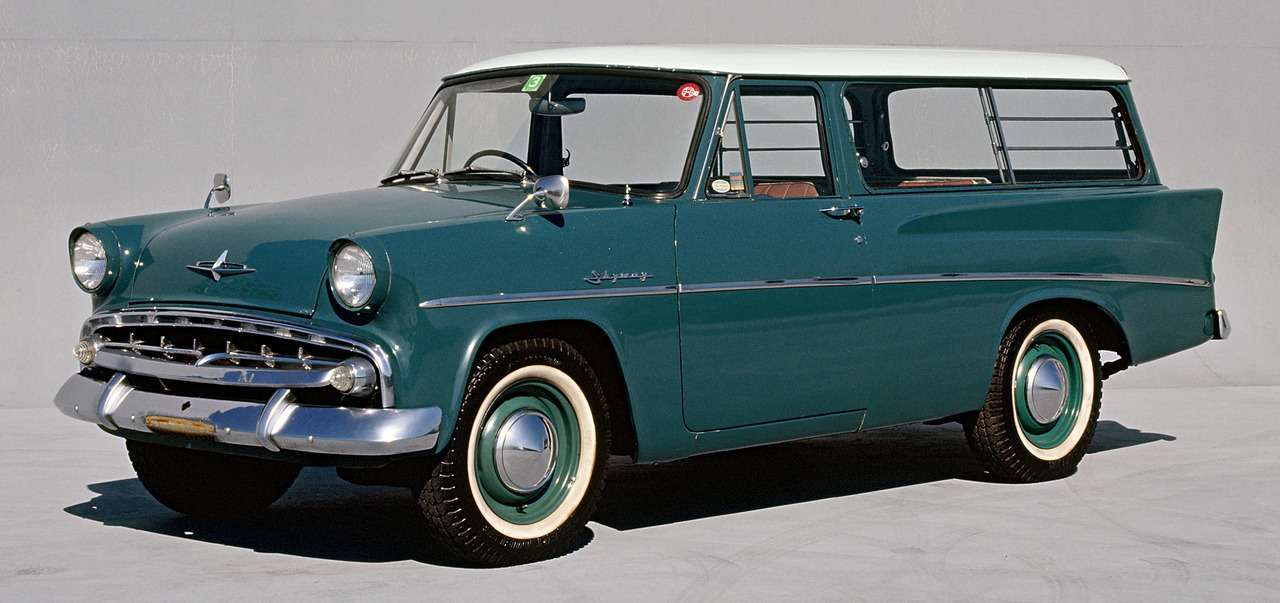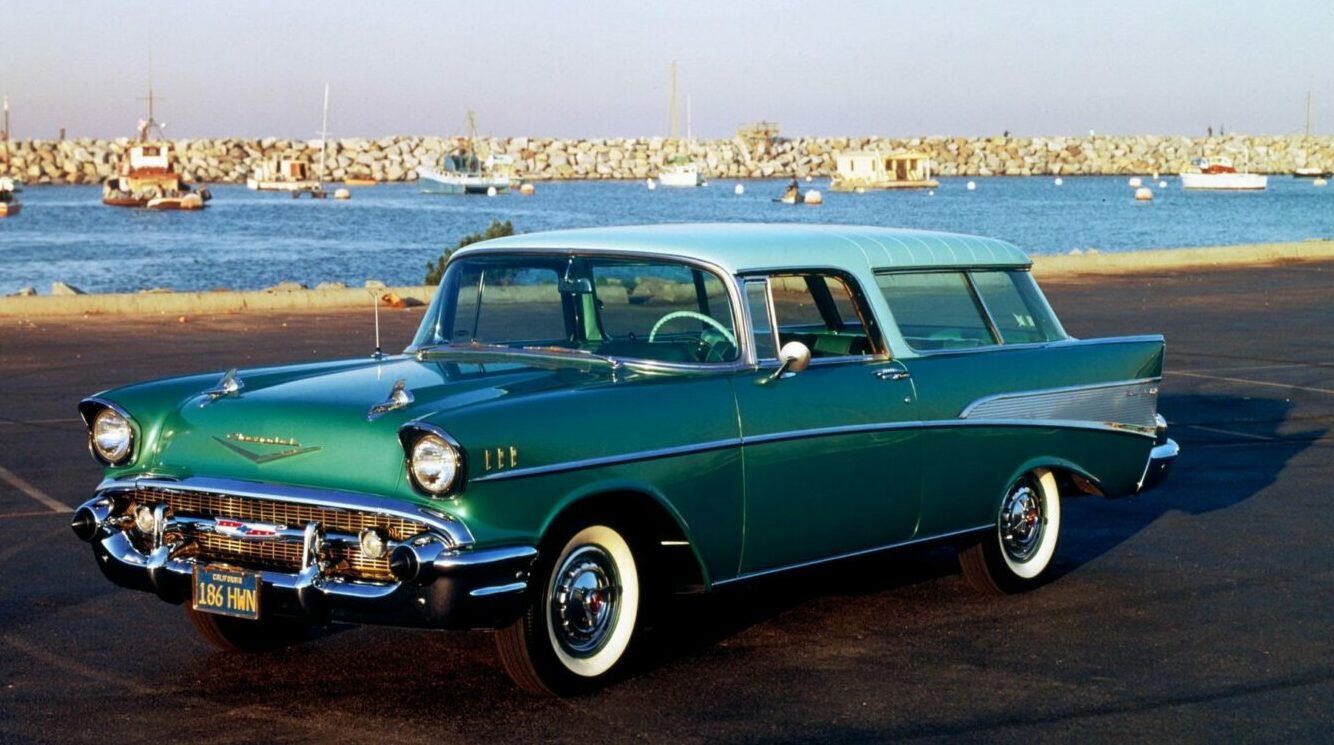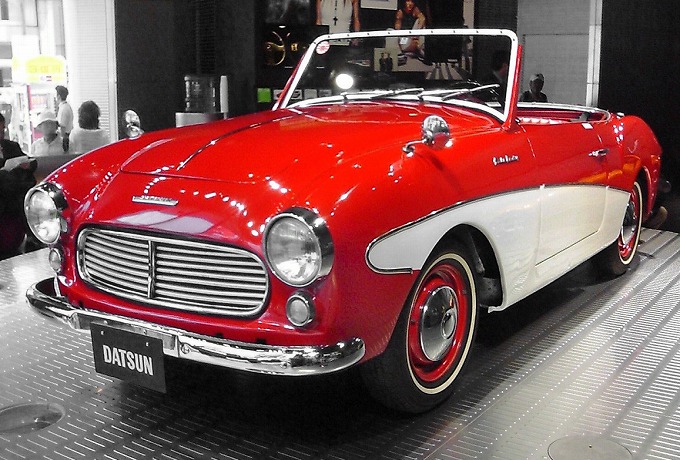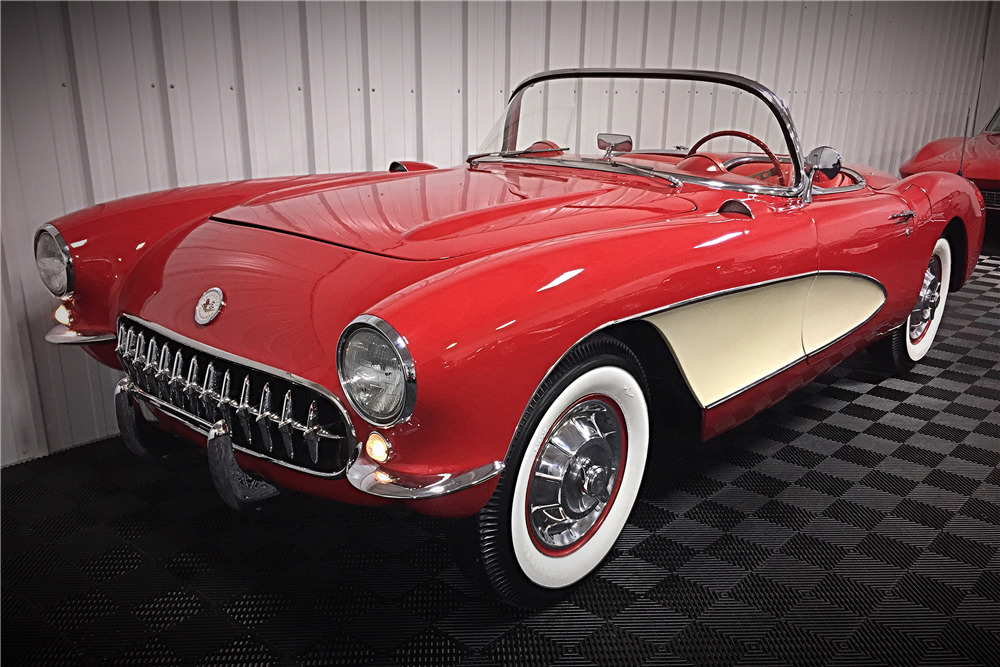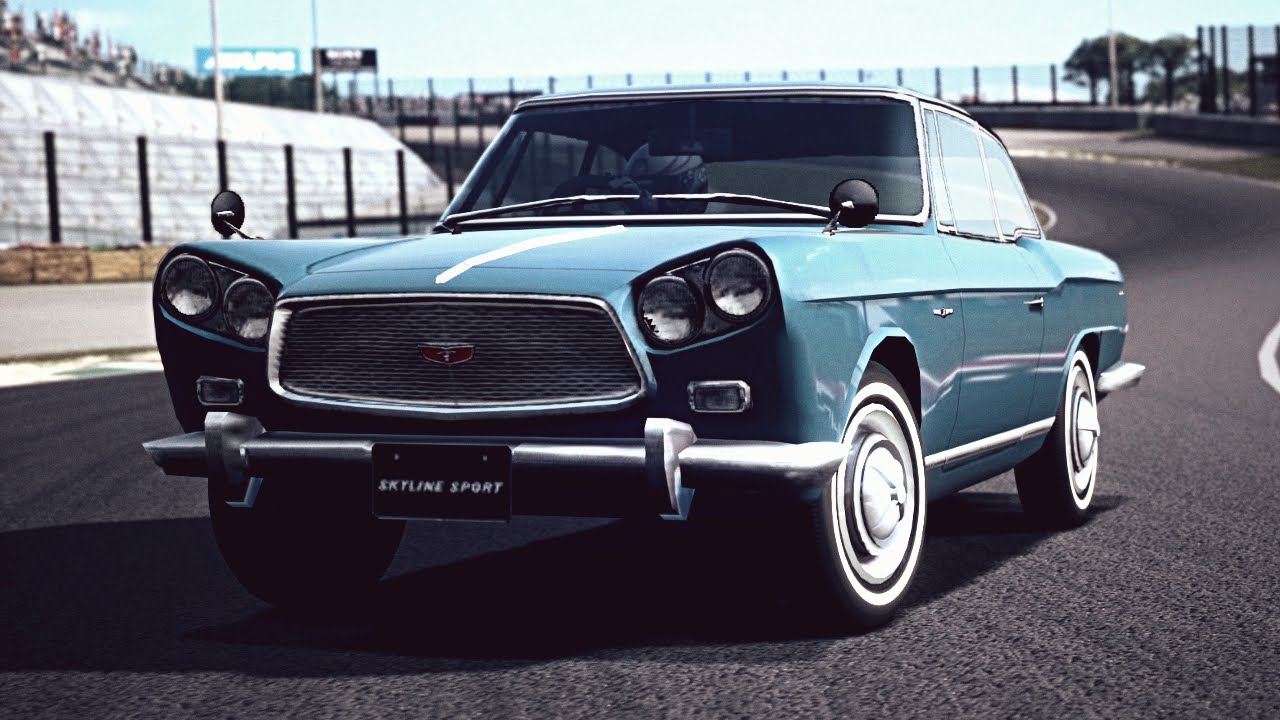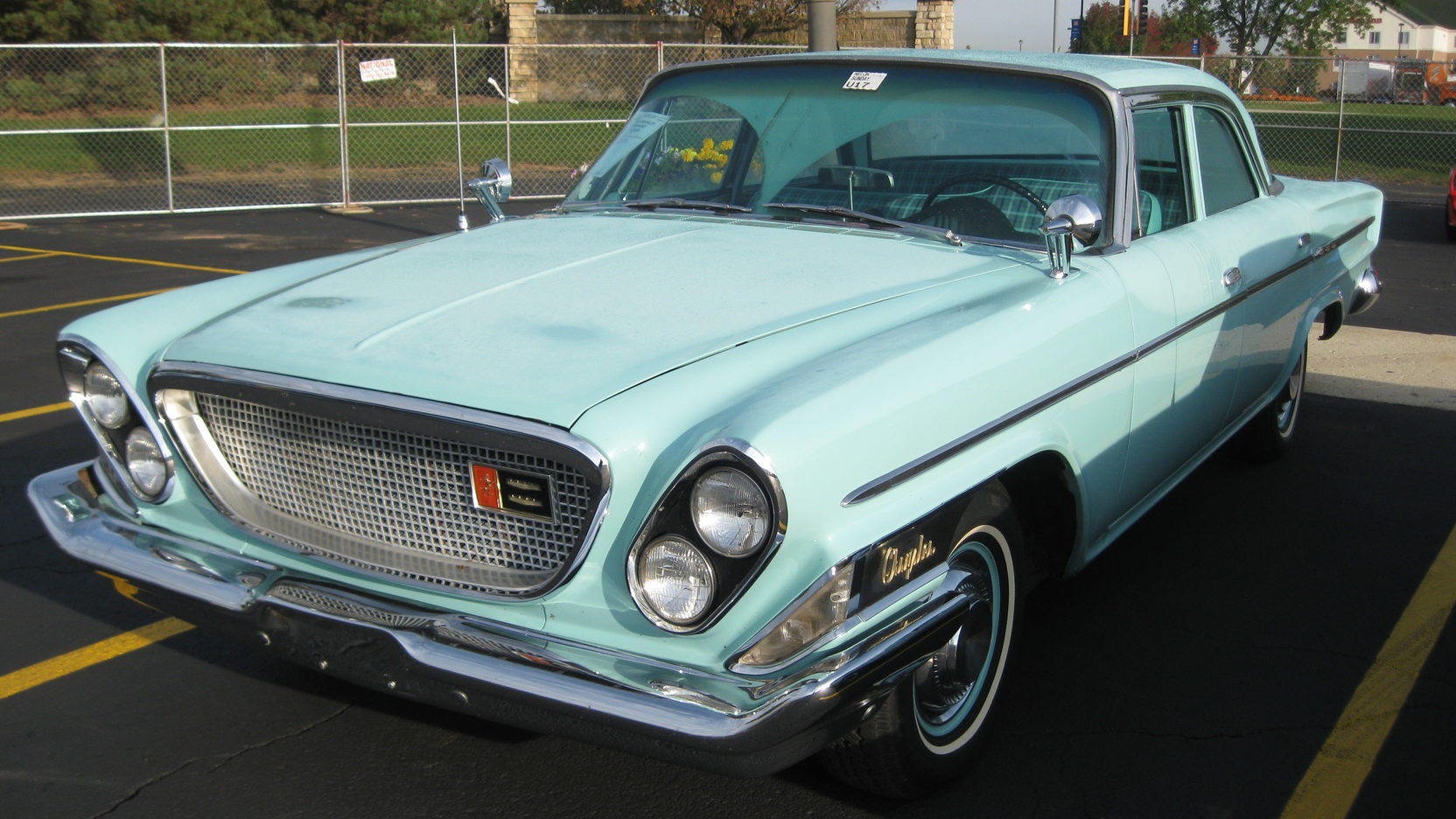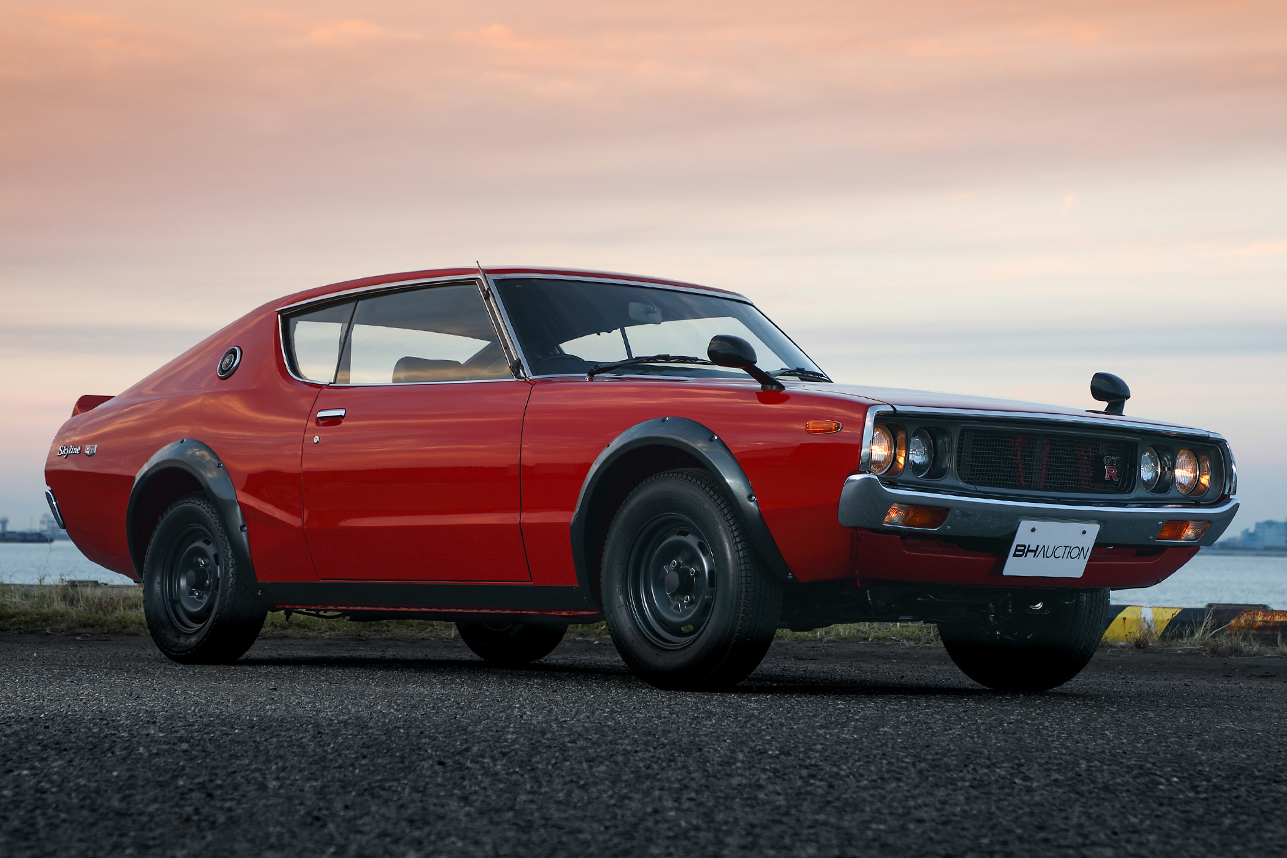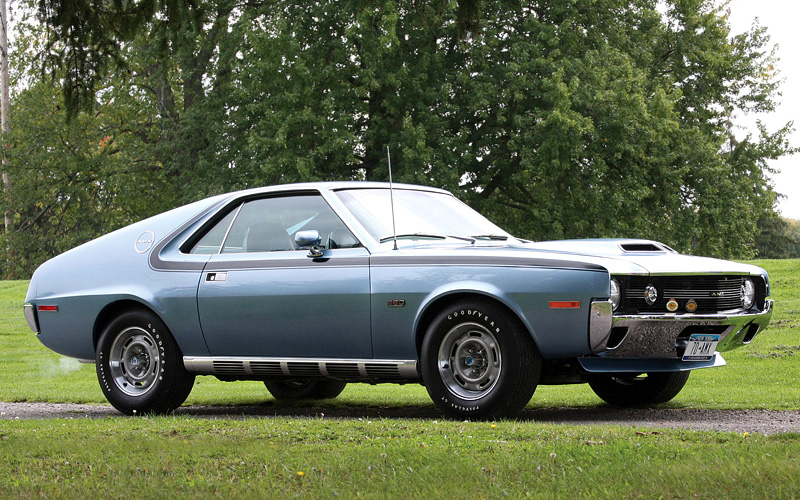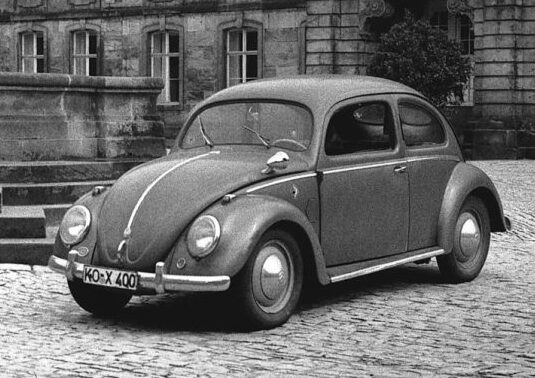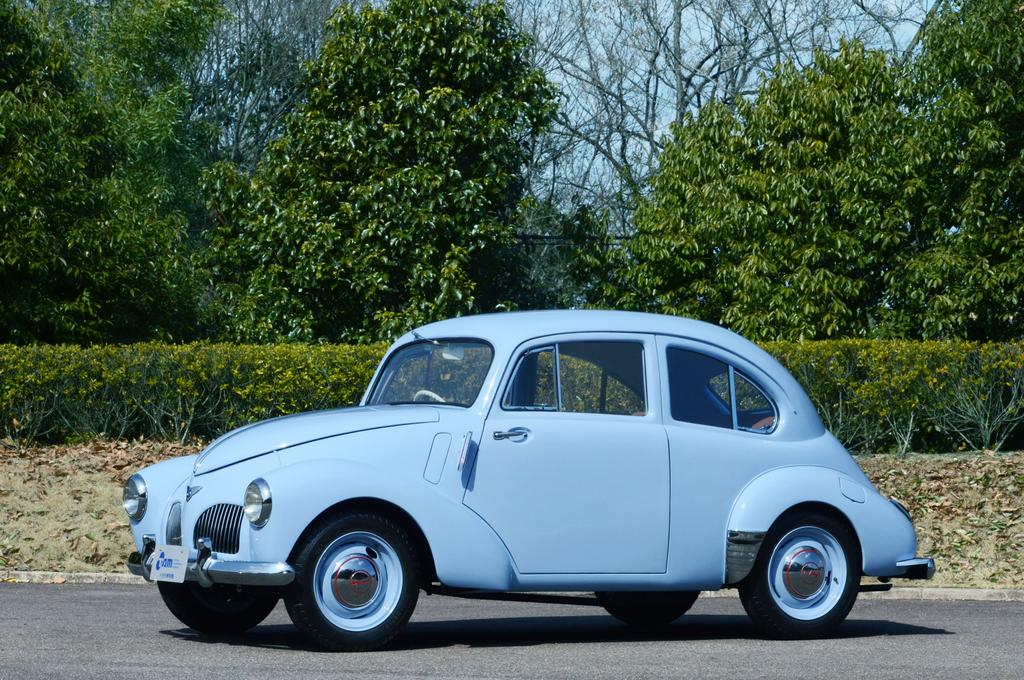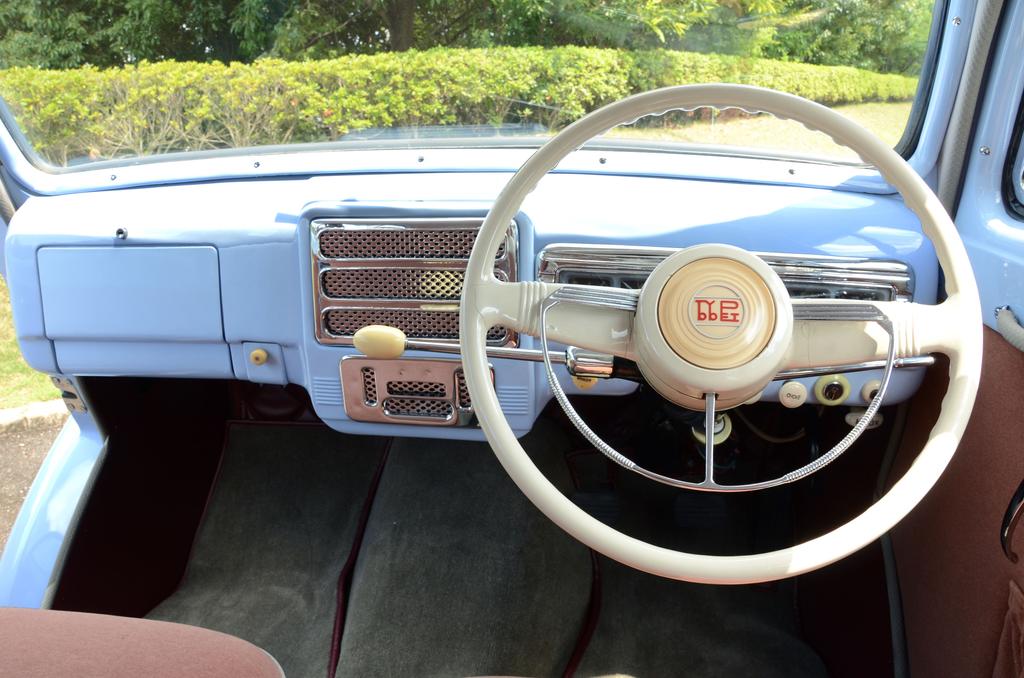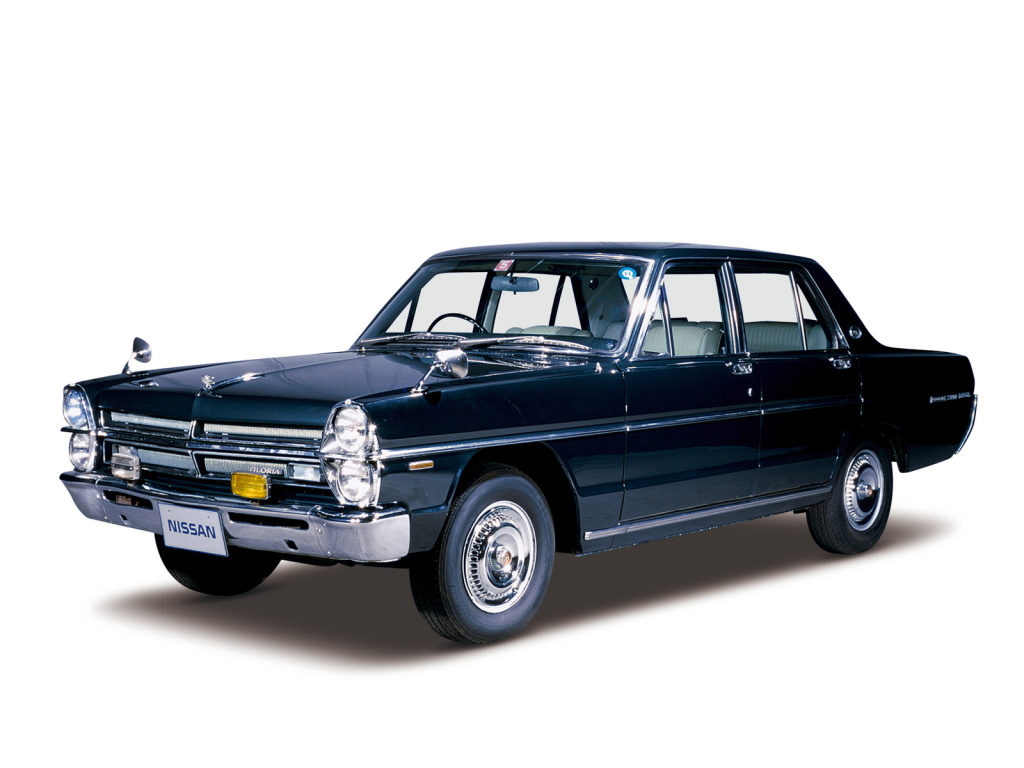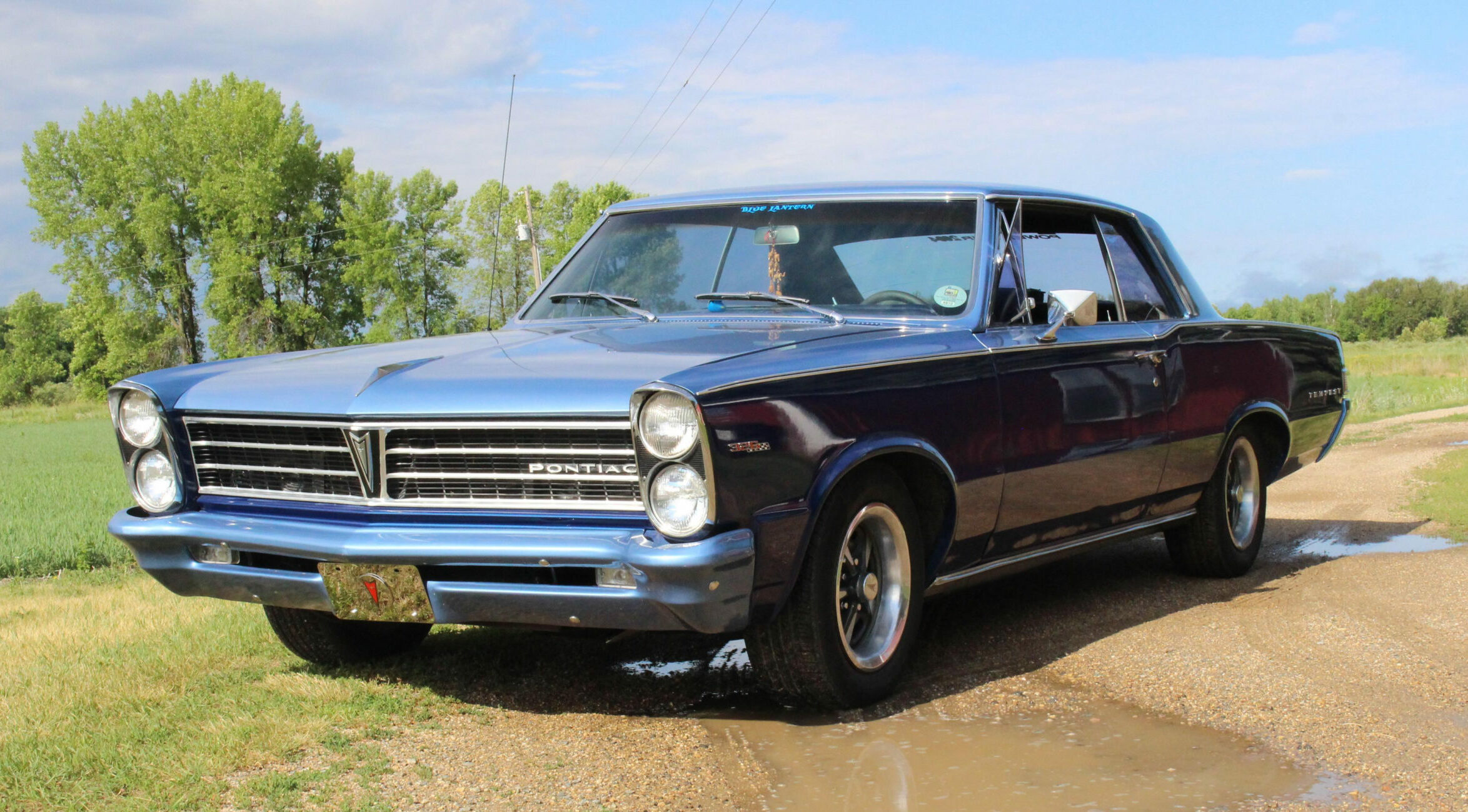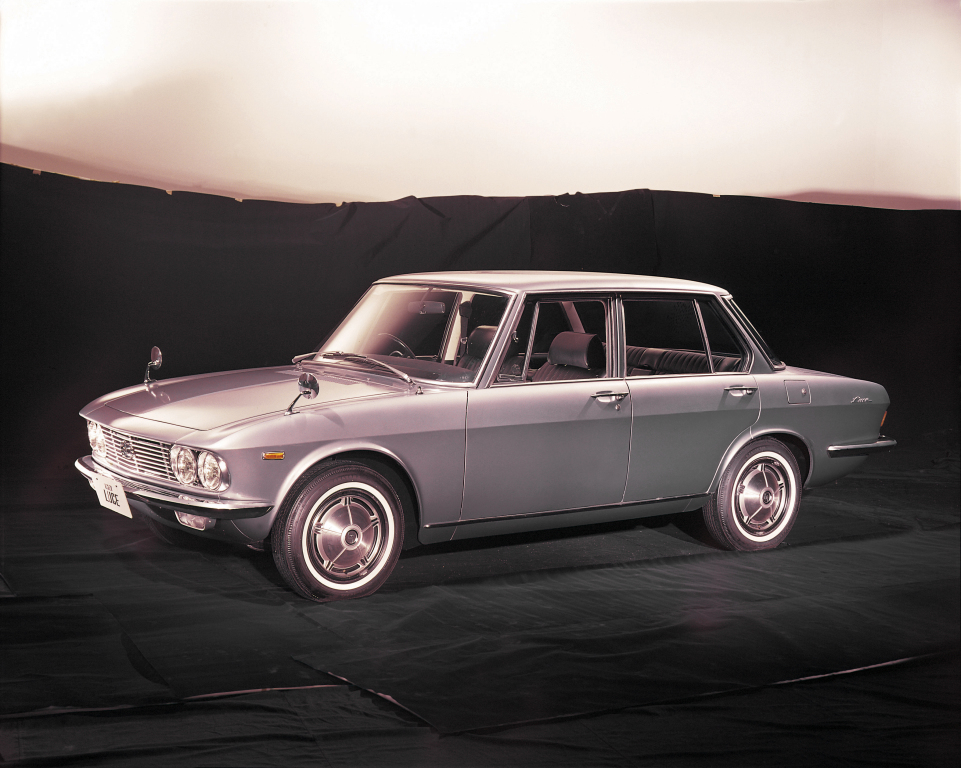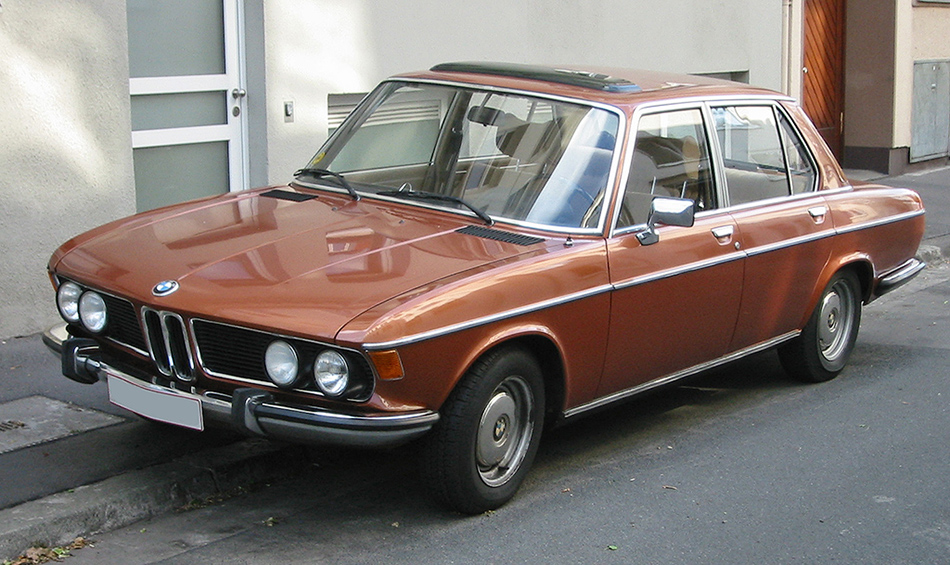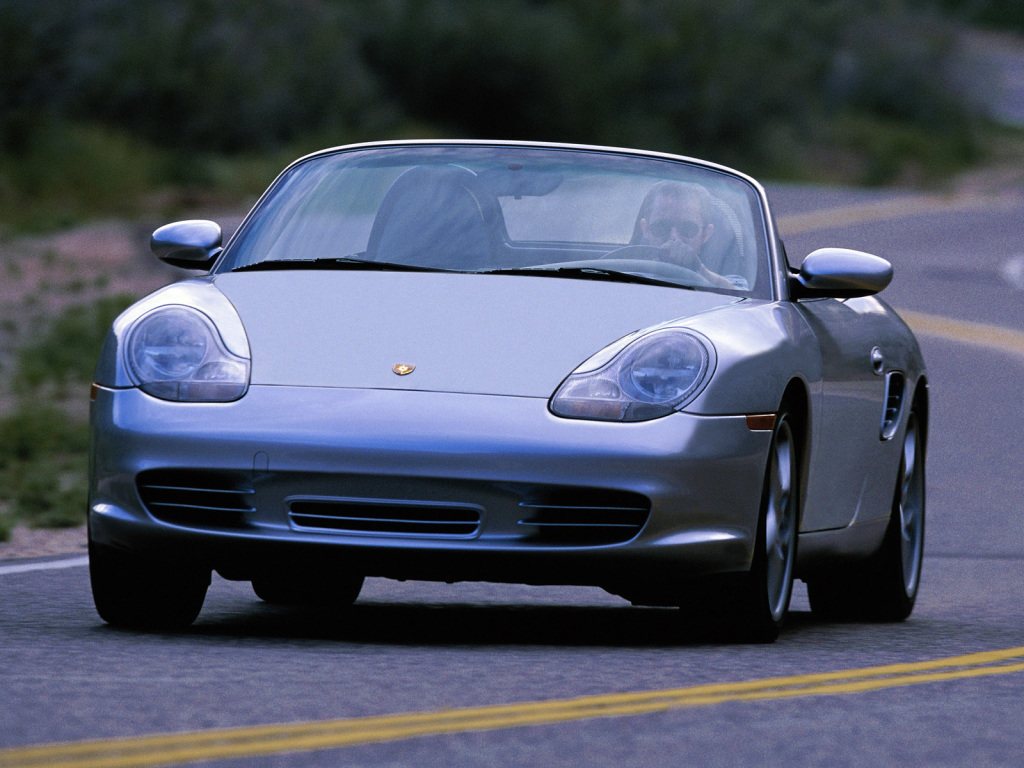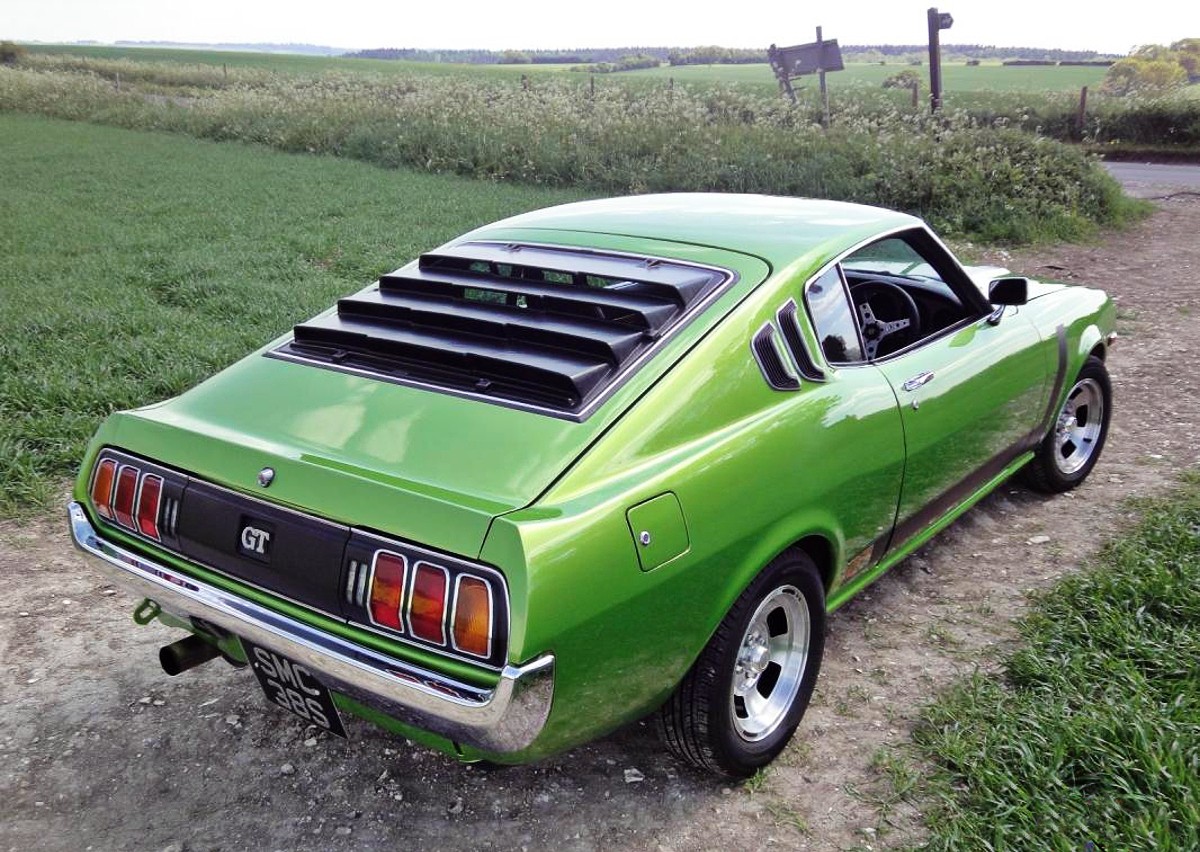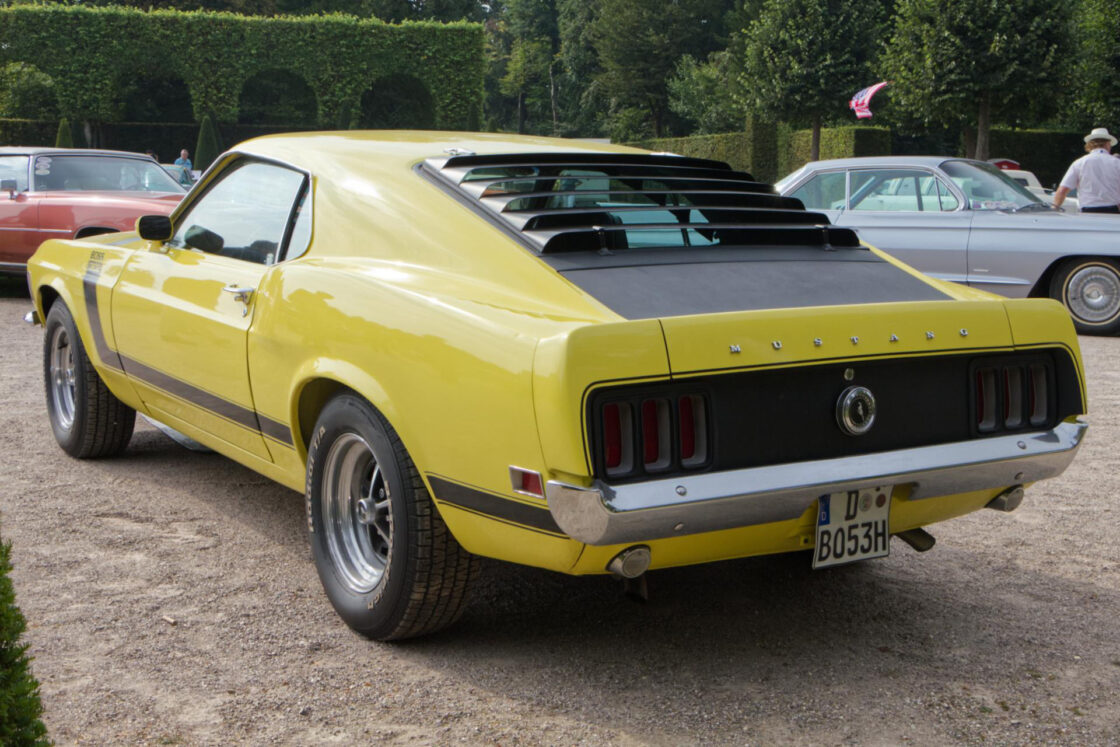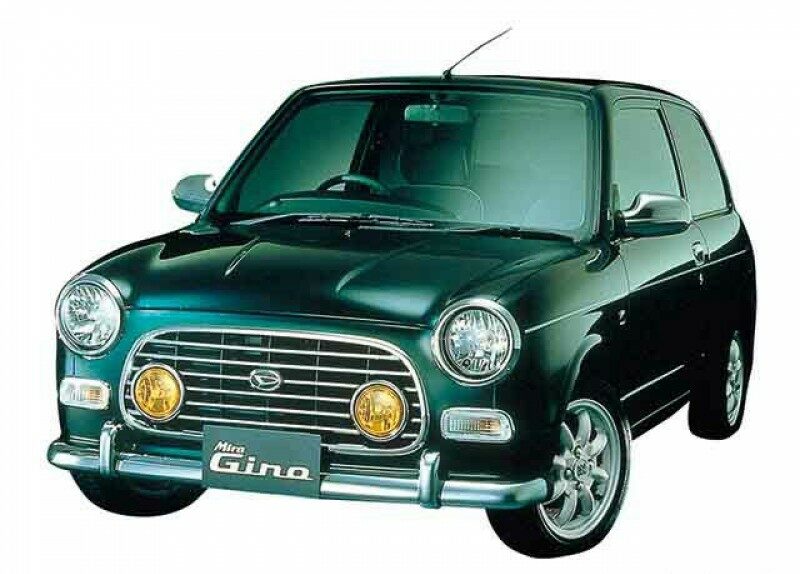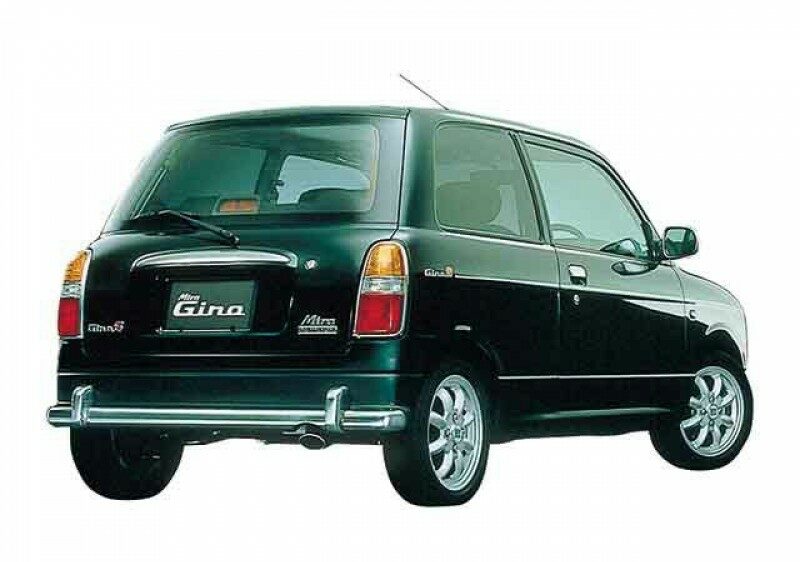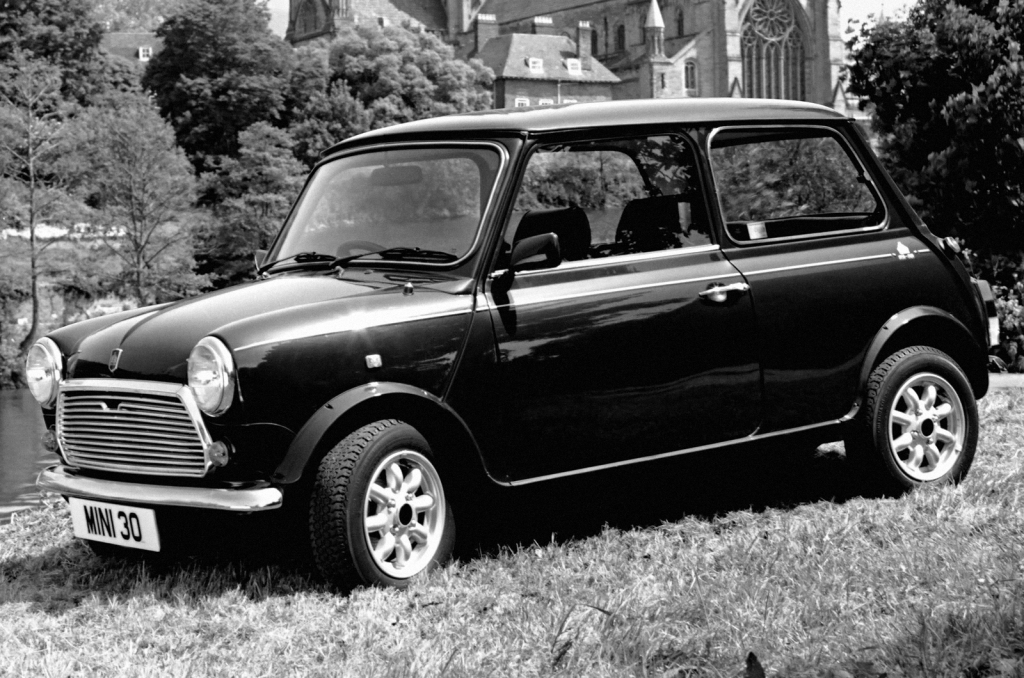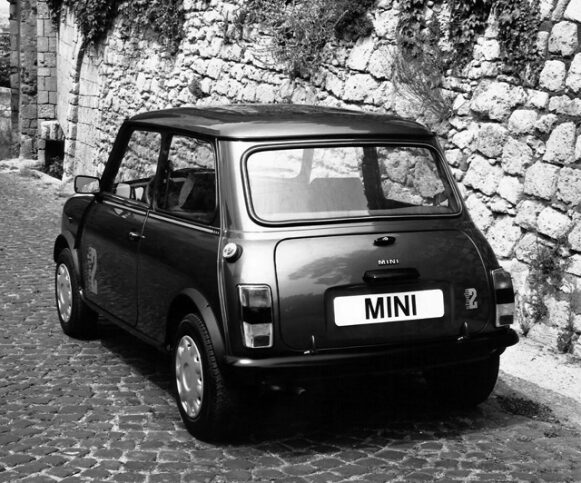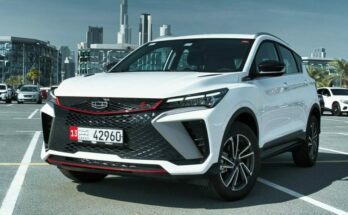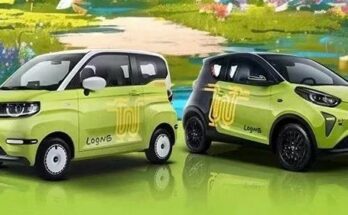Many say that Chinese cars’ claim to fame was the carbon-copy designs their automakers produced between 2003 and 2012. Later, the Chinese hired renowned European designers and started rolling out indigenous designs that are now acclaimed in key markets across the globe.
Like Chinese automakers, European and American car makers once accused the Japanese of blatantly copying their designs. Although the history of the Japanese car industry dates back to the early 1900s, its rise to glory came by the 1960s—particularly when it produced a flurry of cars that were either imitated or heavily inspired by Western designs.
Related: Naming Cars After Animals
Below we are sharing some examples where the West accuses Japanese automakers of imitating their popular models. Have a look:
1938 Nissan Type 70- a copy of the 1935 Graham Crusader
Eiichi Shimizu, a 60-plus year Nissan veteran, an expert on the company’s vehicular history, and the former secretary to the first president of Nissan and the man responsible for shepherding into existence some of the brand’s most beloved vehicles says the international automotive design has heavily influenced Nissan throughout its history, particularly in its first 5 decades, before Japanese were truly a part of the global market. According to Shimizu-san “Nissan looked up to America, to Italy for design.”
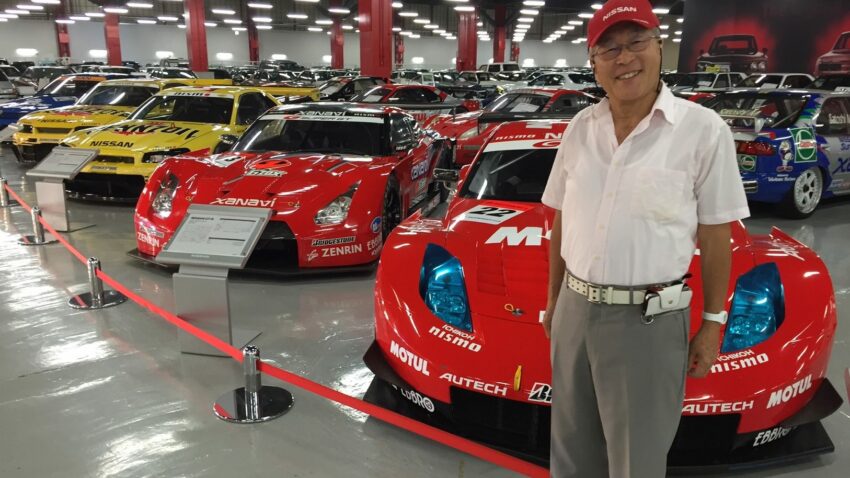
For its very first branded passenger car, Nissan wanted to team up with General Motors or Chrysler to create a stately vehicle for leaders in the Imperial military. Unfortunately, there was a bit of conflict brewing between the countries at the time. So the Japanese acquired tooling from a small Detroit automaker, in the form of the 1935 Graham Crusader. “The only thing Nissan designed on this car was the hood ornament,” Shimizu-san says.
1935 Graham Crusader and 1938 Nissan Type 70
1957 Prince Skyline Deluxe- a copy of the 1955 Chrysler New Yorker & 1956 Chevrolet Bel Air
Prince was an independent company before Nissan acquired it, and this was the marque’s first-ever Skyline-branded vehicle, the precursor to the Skyline GT-Rs that would help launch Japan into the enthusiast market. It has the look of a ¾ scale 1956 Chevrolet Bel Air Sedan, especially around the headlights and grille, but Shimizu-san points toward the rear: “Tail fins are 1955 Chrysler New Yorker.”
Prince Skyline with its inspirations
1960 Prince Skyway Van- a copy of the 1957 Chevrolet Nomad
Like other Prince/ Nissan cars, the 1960 Skyway van was heavily inspired by the 1957 Chevrolet Nomad. From the front grille and greenhouse to the swage line, even the body color options were taken from the Chevy.
Prince Skyway and Chevrolet Nomad
1960 Datsun Fairlady- a copy of the 1956 Chevrolet Corvette
Shimizu-san was also generous to point out, that its rounded nose and tail, denticle grille, bug-eyed headlamps, and contrasting coves make the Datsun Fairlady pretty much a shrunken copy of the 1956 Chevrolet Corvette.
1960 Datsun Fairlady & 1956 Chevrolet Corvette
1963 Prince Skyline Sports- a copy of the 1962 Chrysler Newport Coupe
With its diagonally oriented quad headlamps, the 1963 Prince Skyline Sports look suspiciously similar to the 1962 Chrysler Newport Coupe.
Prince Skyline with its inspiration- the Chrysler Newport Coupe
1973 Nissan Skyline GT-R- a copy of the 1970 AMC AMX
The first-generation Nissan Skyline GT-R looks pretty much like the American 1970 AMC AMX.
Nissan Skyline GTR and the AMC AMX
Toyota SA- a copy of the Volkswagen Beetle
But it wasn’t just Nissan that used to copy Western car designs. The 1947 Toyota SA was also a pure imitation of the classic VW Beetle which first surfaced in 1938. Not only this, but even its interior was very much similar to the iconic German car.
The Volkswagen Beetle was used as a true inspiration by Toyota to develop the SA in 1947.
Nissan Gloria- a copy of Pontiac Tempest
The Nissan Gloria A30 produced between 1967 and 1971 was a shrunken inspiration of the Pontiac Tempest saloon of the mid-1960s.
Nissan Gloria with its inspiration, the Pontiac Tempest
Mazda Luce- inspired by BMW E3
When debuted at the 1965 Tokyo Auto Show, the Mazda 1500 (also called Luce) was immediately noticed for its sharp styling, which looked reminiscent of the BMW E3 sedan of that era.
Mazda 1500 Luce and the BMW E3
Toyota MR-2, and the Porsche Boxter
The mid-engined Toyota MR-2 was quite an original car in the 1980s. However, when the third generation model arrived in 1999, the inspiration with the Porsche Boxter became very obvious.
Toyota MR-2 and the Porsche Boxter
Toyota Celica- and the Ford Mustang
The first generation Toyota Celica GT liftback was heavily inspired by the Ford Mustang of the late 1960s.
Toyota Celica and Ford Mustang
Daihatsu Mira Gino- and the Mini
And perhaps the most recent example is the Daihatsu Mira Gino, which is unmistakably inspired by the classic Mini.
Daihatsu Mira Gino and the Mini
Furthermore, in many other cases, part of a European or American vehicle design was copied by Japanese automakers. For example, the headlights of the Toyota Tarrago were taken directly from the Peugeot 206 CC.
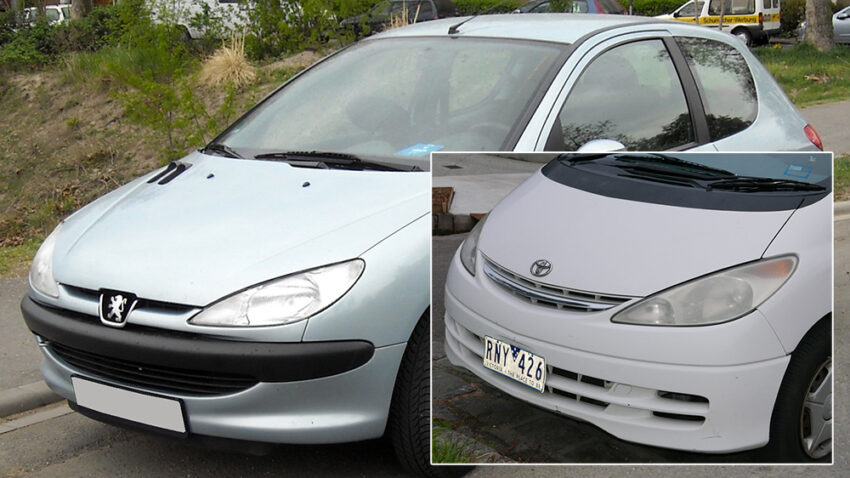
Similarly, the LED tail light pattern that the Suzuki Ciaz concept adorned was taken from the 2013 BMW M5 which debuted a couple of years before the Suzuki sedan.
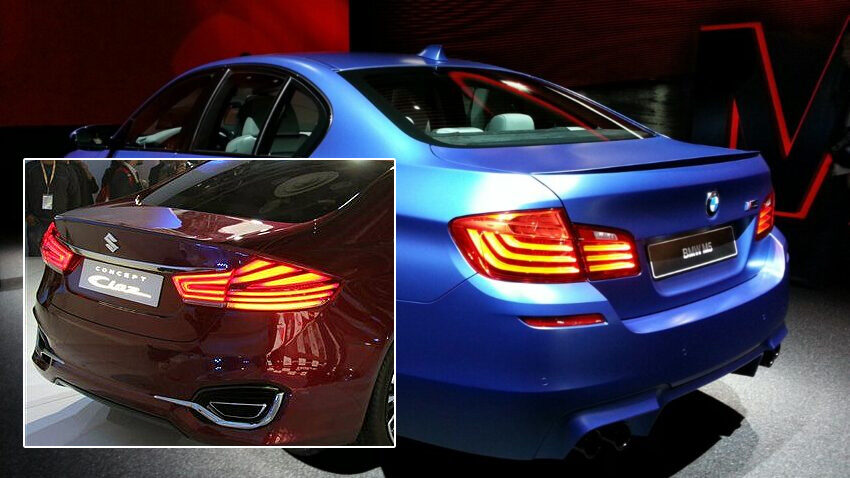
It remains true that the biggest task for the Japanese to produce these “copy” designs in the early days was to scale them down since most American and European cars were too big in dimensions, still, the Japanese copy designs were more of an obvious imitation of the west rather than ditto replication. Chinese however took that to a different level by producing true replicas, thus redefining the term “copy”.
Related: Suzuki Ciaz or Honda City- Who Copied Whom?
So the question is, whether the act of copying should be considered the recipe for success for both Japanese and Chinese automakers. They say what the Japanese did in 40 years, the Chinese will achieve in less than 20 years. Perhaps because they have ‘mastered’ the art of copying? Well, what’s your say on the copying design trends in the global auto industry, let us know with your comments.

A computer animation professional with over 23 years of industry experience having served in leading organizations, TV channels & production facilities in Pakistan. An avid car enthusiast and petrolhead with an affection to deliver quality content to help shape opinions. Formerly written for PakWheels as well as major publications including Dawn. Founder of CarSpiritPK.com

